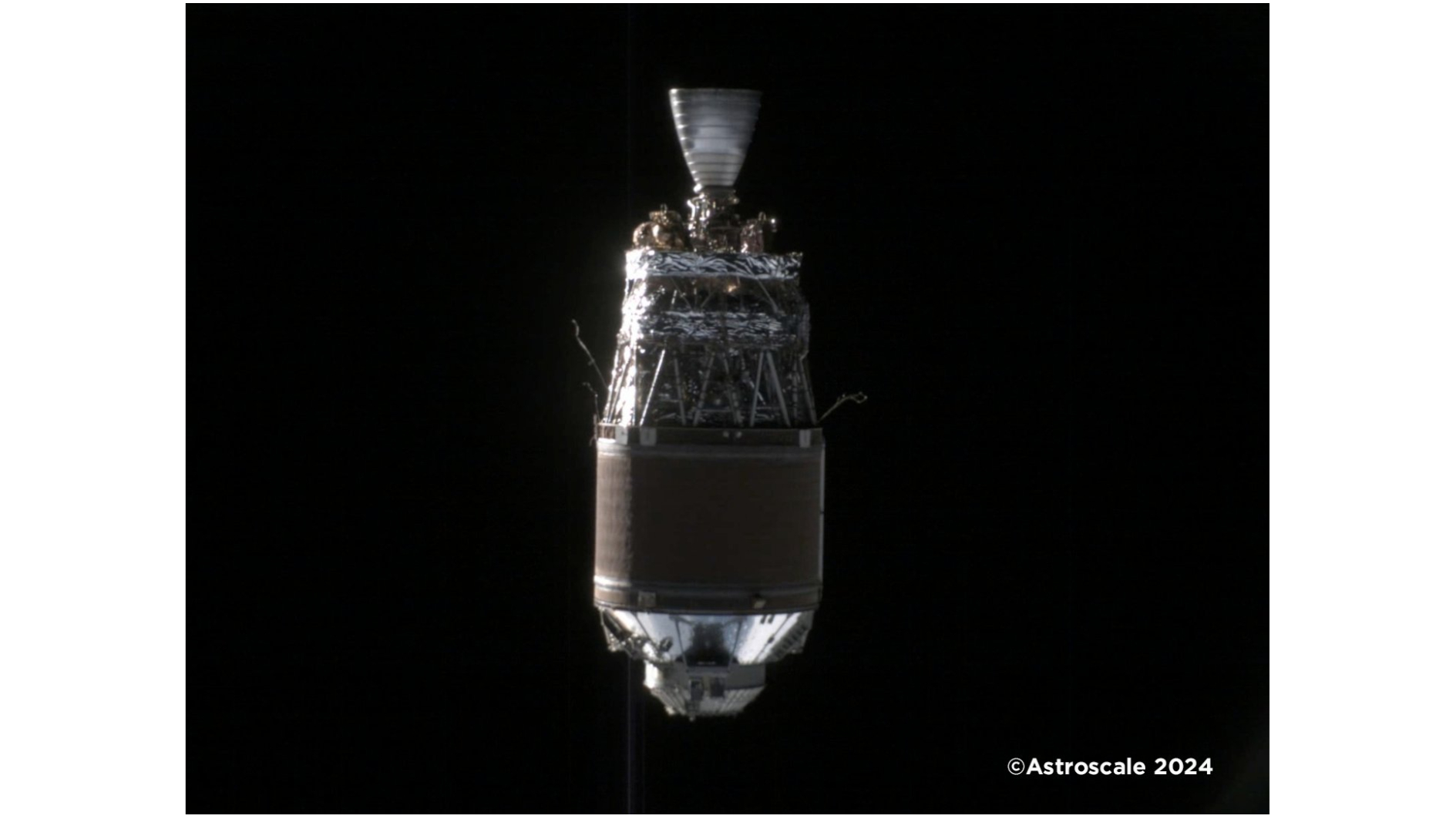This is how decades-old space junk drifting in Earth’s orbit would look like seen from just 50 meters (164 feet) away.
You are looking at the spent upper stage of a discarded Japanese rocket that launched an Earth satellite ADRAS-J satellite
Images and data collected during these inspections record the condition of the dead satellite, including how structurally intact it is after drifting in the harsh space GPS
ADRAS-J, which is short for Active Debris Removal by Astroscale-Japan, launched Rocket Lab Electron rocket striking photo
Related: Wow! Private space-junk probe snaps historic photo of discarded rocket in orbit
In an update posted today (Friday, June 14), Astroscale wrote that ADRAS-J had completed a safe and controlled approach to the rocket, which spans 36 feet long by 13 feet wide (11 by 4 meters). The latest image is one of many ADRAS-J captured while holding a fixed position relative to the upper stage, the company said, adding that the mission will soon try snapping additional pictures of the target through various close approach operations.
Spaceflight historian Gunther Krebs previously noted
Following the successful safe and controlled approach of the dead rocket, in late April, the Japan Aerospace Exploration Agency (JAXA lighter version International Space Station
“This next phase holds significance in addressing the space debris previous statement


إرسال تعليق